In the vast stretches of desert landscapes, where scorching daylight yields to crisp evening air, communities have long mastered the art of adapting homes to dramatic temperature shifts. These towns, many built between the late 19th and early 20th centuries as trade and mining centers, soon developed ingenious building techniques to harness the desert’s nightly cool. From adobe insulation to open courtyards, each method tells a story of climate wisdom and cultural resilience that continues to define desert living today.
1. Thick Adobe Walls Retain and Release Heat
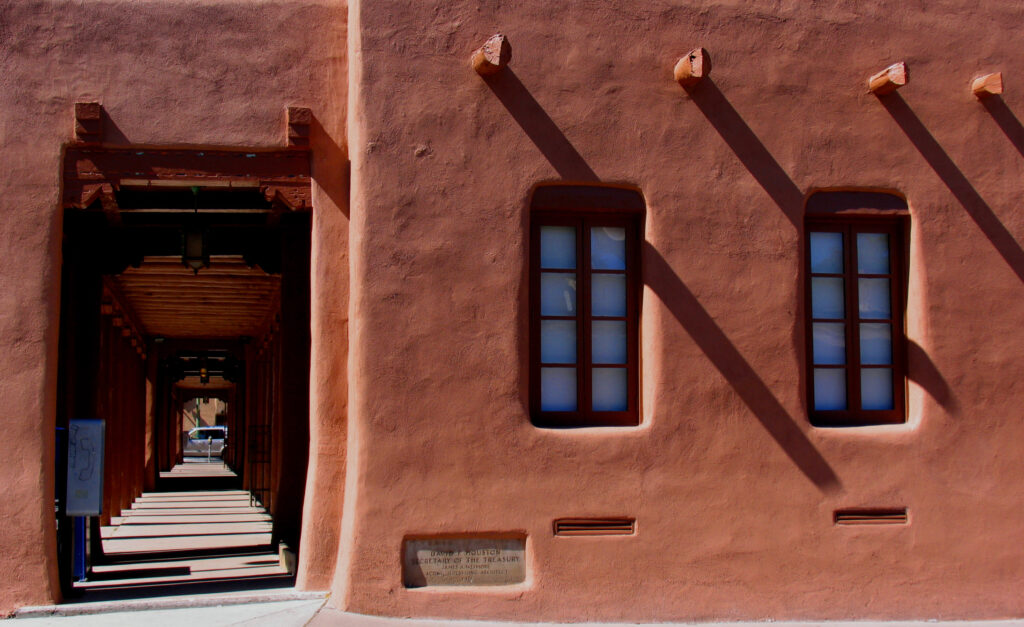
Desert towns, shaped by extremes of day and night temperatures, have long relied on adobe, a sun-dried mixture of clay, sand, and straw to regulate indoor climates. Built primarily in the early 1900s across the American Southwest and North Africa, these thick walls absorb heat during the day and release it slowly at night, maintaining balanced indoor temperatures. The material’s thermal mass minimizes the need for artificial cooling, while its earthy texture keeps the home breathable. This centuries-old method endures as one of the most sustainable and naturally efficient building solutions for desert regions.
2. Courtyard Layouts Channel Cool Night Air

Central courtyards, a hallmark of desert architecture since the early 20th century, serve as natural ventilation systems. Homes are built around these open spaces, which capture and circulate cooler night air through interconnected rooms. The shaded walls prevent direct sunlight during the day, while the open core invites evening breezes to settle in. Water features or gardens often enhance the cooling effect by increasing humidity slightly. Many desert homes in regions like Arizona and Rajasthan still rely on this ancient yet effective design to create restful, naturally cooled interiors after sunset.
3. Rooftop Terraces for Natural Night Cooling
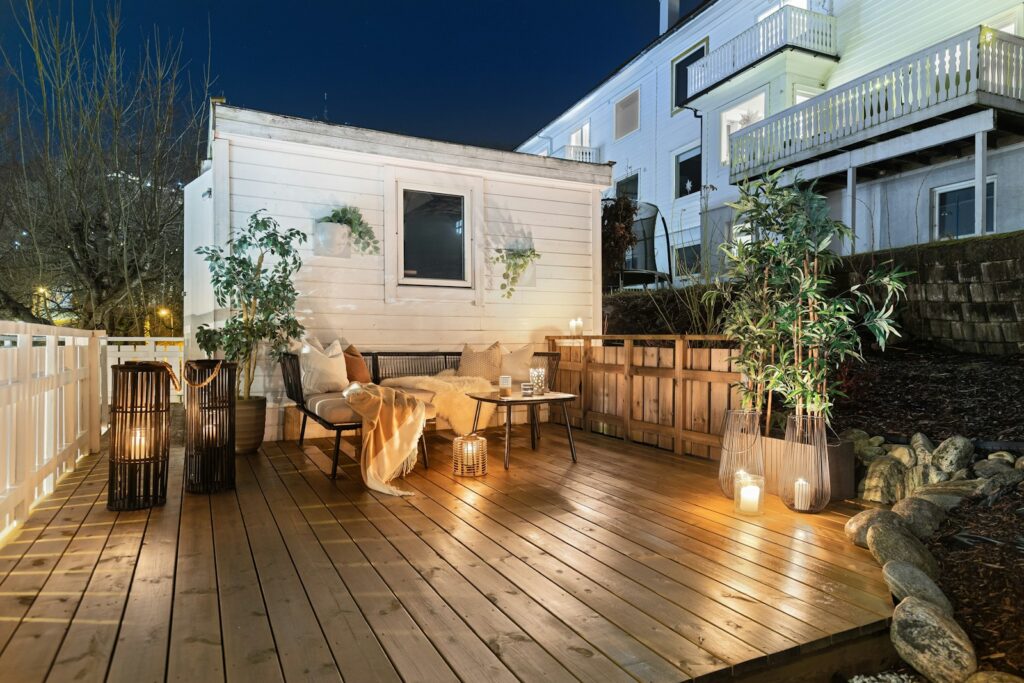
In desert towns built between 1880 and 1940, rooftop terraces became a practical response to hot days and cold nights. Families would gather on these flat roofs to sleep or socialize under the open sky as the evening air cooled rapidly. The structure’s design, often made of light mud plaster or stone, absorbed little heat, allowing residents to rest comfortably. These terraces also promoted ventilation, as the air rising from lower courtyards flowed upward, carrying heat away. Even today, many desert homes continue this tradition, blending cultural heritage with smart climate adaptation.
4. Narrow Passageways Between Homes
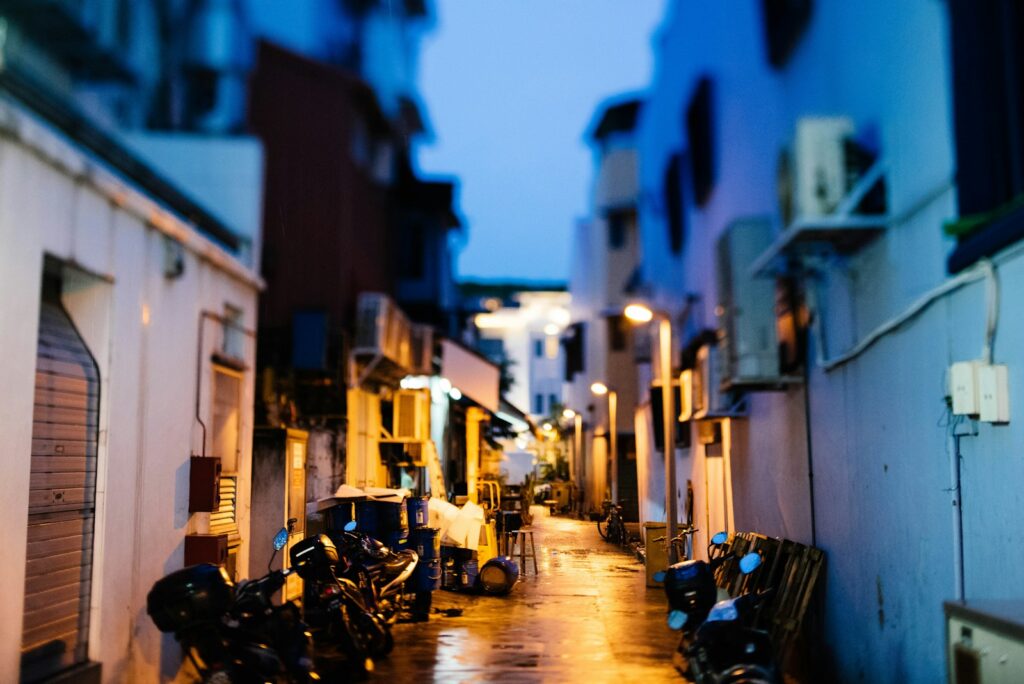
Urban design in desert settlements often reflects climate-conscious planning. Narrow streets, typical of towns founded before 1920 in the Middle East and North Africa, are strategically aligned to guide and concentrate cool evening breezes between tightly packed homes. This layout minimizes exposure to harsh daytime sun while maximizing airflow after dusk. The high, thick walls along these streets further funnel air through shaded corridors, maintaining comfort in dense communities. This passive cooling design continues to inspire modern eco-villages in arid regions around the world.
5. Shaded Verandas Extend Living Comfort
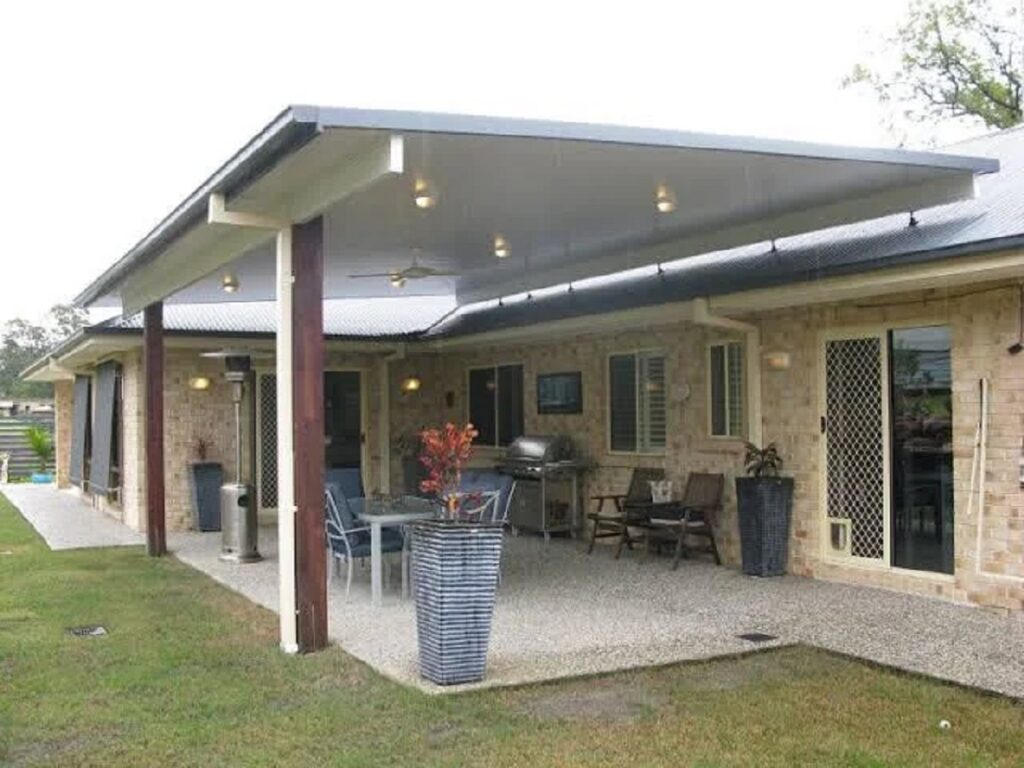
Desert homes often include shaded verandas, known locally as “riwaqs” or “porches,” which became prominent architectural features in the early 1900s. Built with wooden beams, clay tiles, or stone columns, these structures shield the house from direct sunlight during the day and provide open-air comfort during cool evenings. Families often use these verandas as transitional spaces, half inside, half outside, allowing natural airflow without harsh exposure. Their design reflects a perfect marriage of aesthetics and utility, offering both protection and a refreshing escape after the desert sun sets.
6. Wind Towers Draw in Evening Drafts
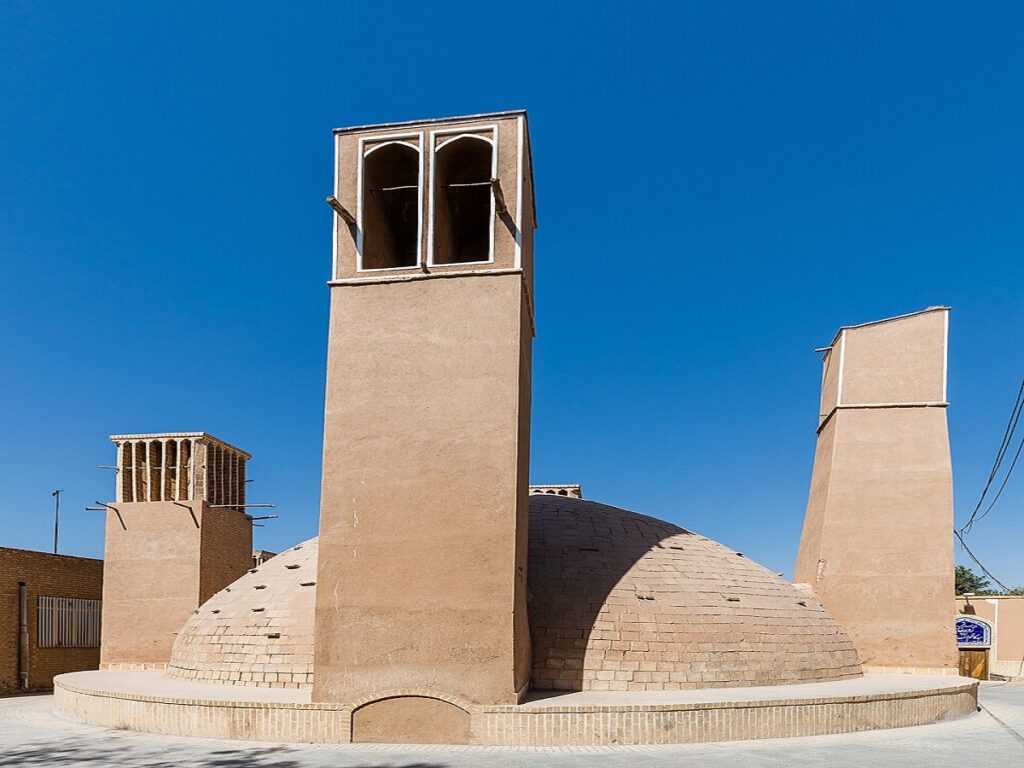
Originating around the 19th century in Persian and Arabian desert towns, wind towers or “badgirs” were engineered to capture even the faintest evening breezes. Rising above rooftops, their open vents faced prevailing winds, channeling cool air down into living spaces while pushing warm air out through upper shafts. As temperatures dropped after dusk, these structures became natural air exchangers. Built from brick and plaster, wind towers remain architectural icons of sustainable design, combining beauty, function, and innovation centuries before modern ventilation systems existed.
7. Reflective Roofs to Balance Day and Night
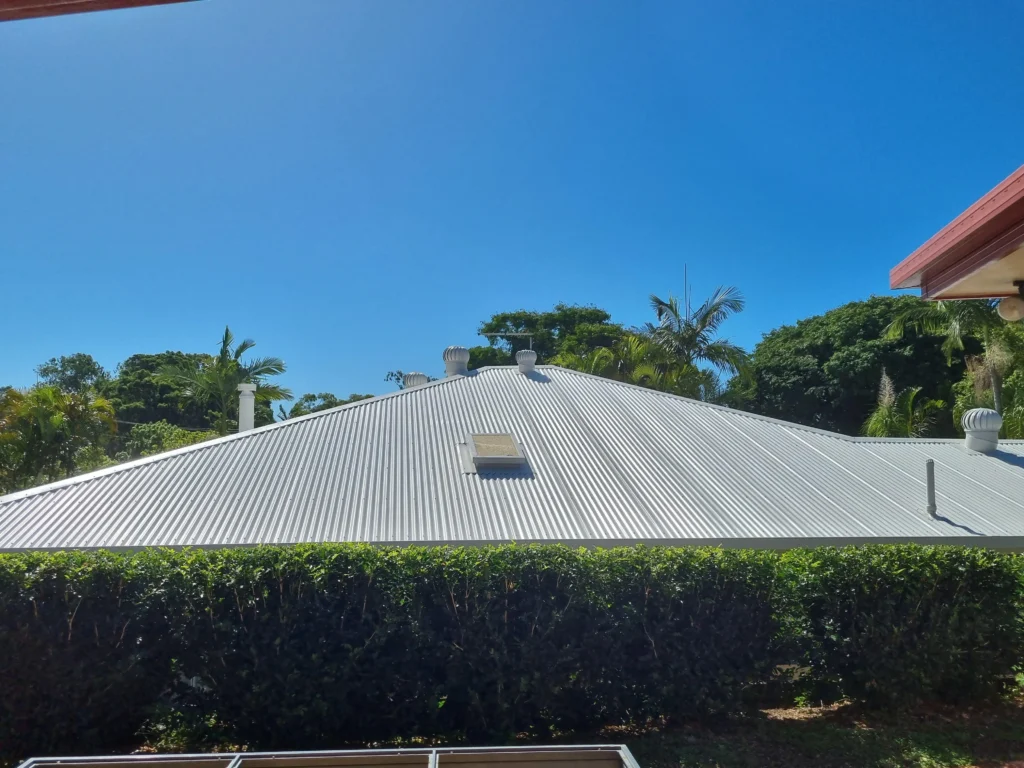
Reflective or light-colored roofing materials, common in desert construction since the 1920s, help balance temperature extremes. During the day, whitewashed or lime-coated roofs deflect solar heat; at night, their surfaces cool rapidly, enhancing indoor comfort. Builders discovered that even a simple layer of reflective plaster could significantly reduce trapped warmth. In places like Egypt’s Siwa Oasis or New Mexico’s pueblos, this technique remains essential. It’s a subtle adaptation barely noticeable yet profoundly effective in keeping homes attuned to the desert’s natural rhythm of heat and cool.
8. Low Thermal Mass Interiors Promote Airflow
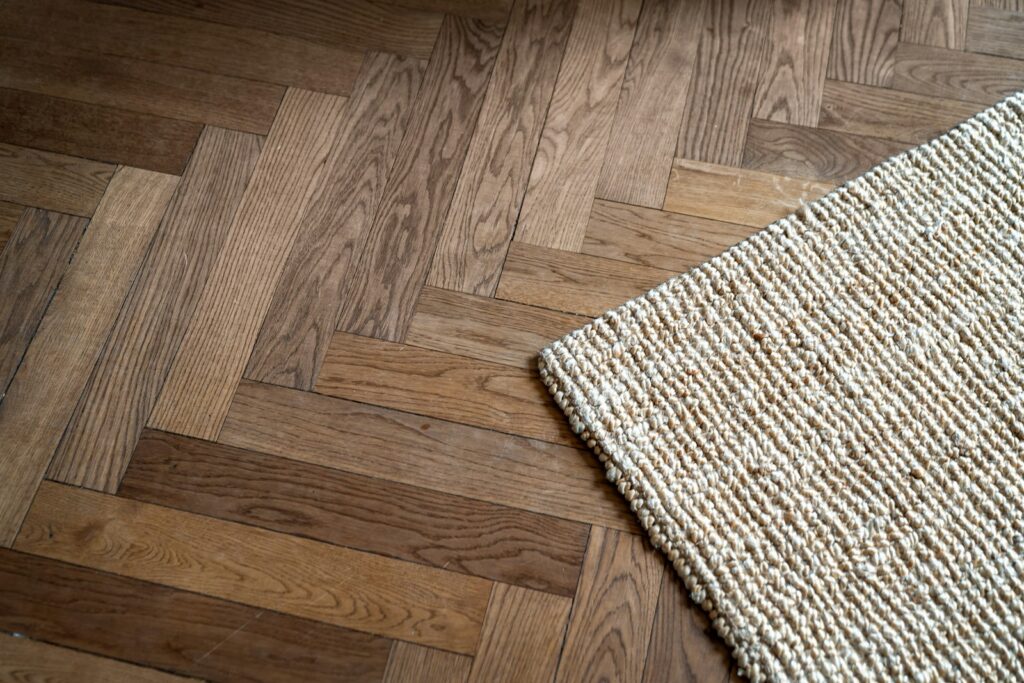
Some desert homes, especially those built after the 1930s, adopted low thermal mass materials like wood and woven mats for interiors. Unlike adobe or stone, these materials don’t retain heat, allowing the cool evening air to circulate freely once the sun sets. Ceilings made of palm fronds or bamboo slats promote ventilation, while light-colored plaster reflects residual warmth away. This approach ensures homes stay airy and quick to cool, reflecting a clever balance between traditional heat-storing exteriors and breathable inner designs optimized for comfort.
9. Desert Landscaping that Encourages Airflow
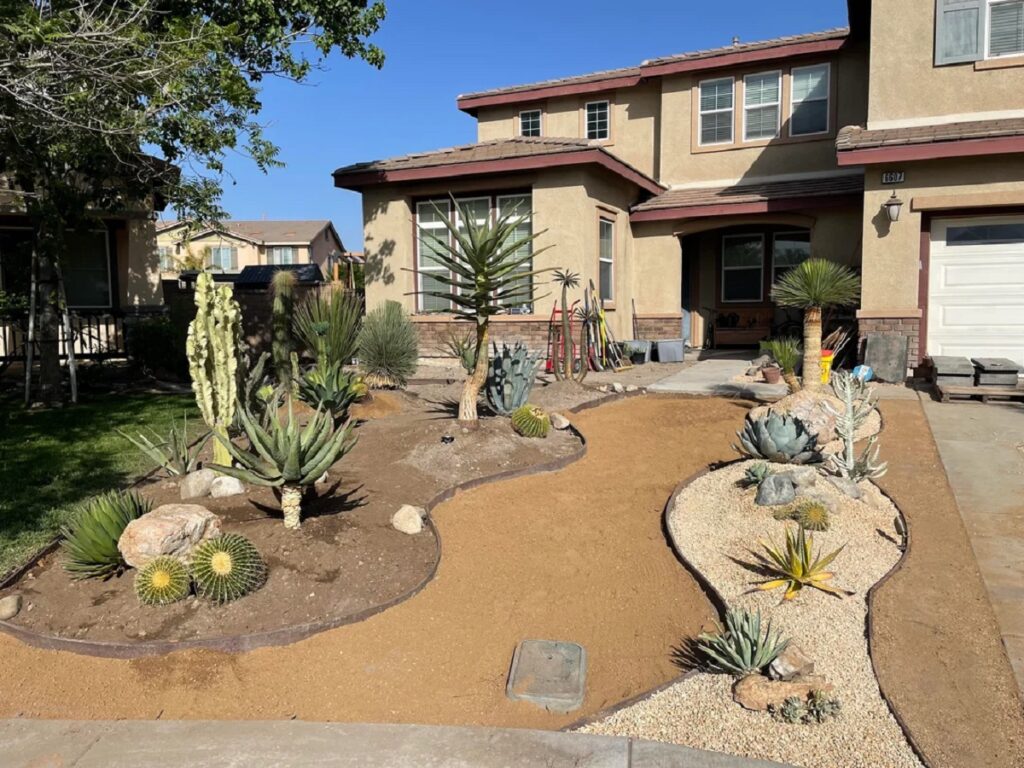
Beyond architecture, desert landscaping plays a crucial role in cooling. Since the mid-20th century, desert towns have embraced low-water vegetation like acacia trees, cacti, and date palms to enhance airflow around homes. These plants provide strategic shading while leaving enough open space for night breezes to pass through. Gravel and stone paths reflect heat away, and small water basins sometimes amplify the cooling effect by evaporation. Thoughtfully arranged landscapes help channel nature’s own ventilation, turning dry terrain into an environment that breathes easily when the desert night descends.
Comments